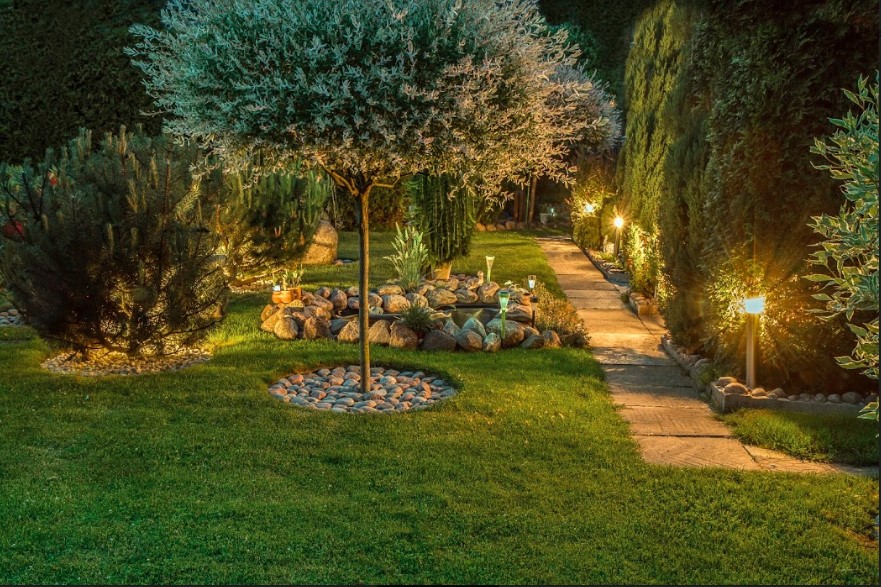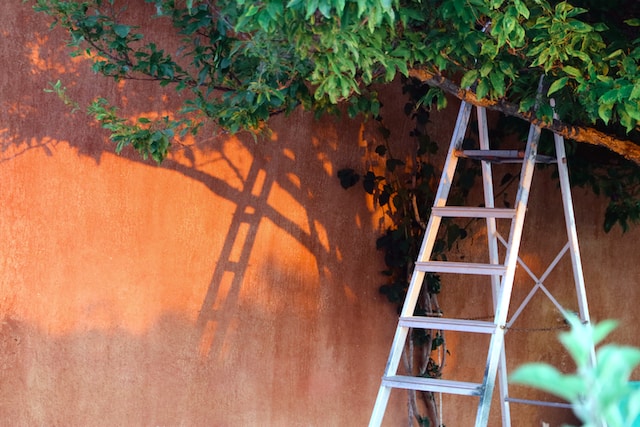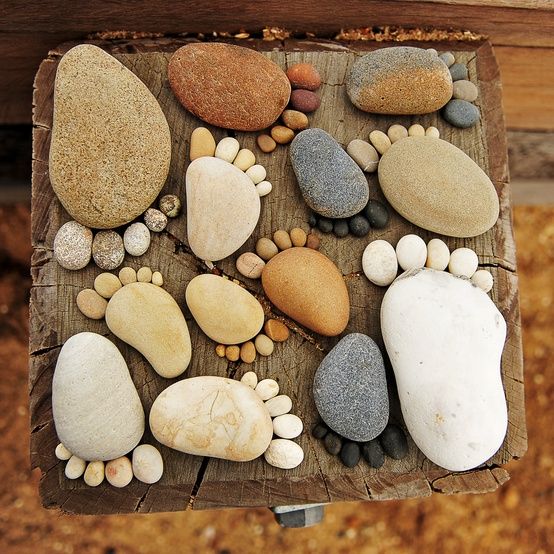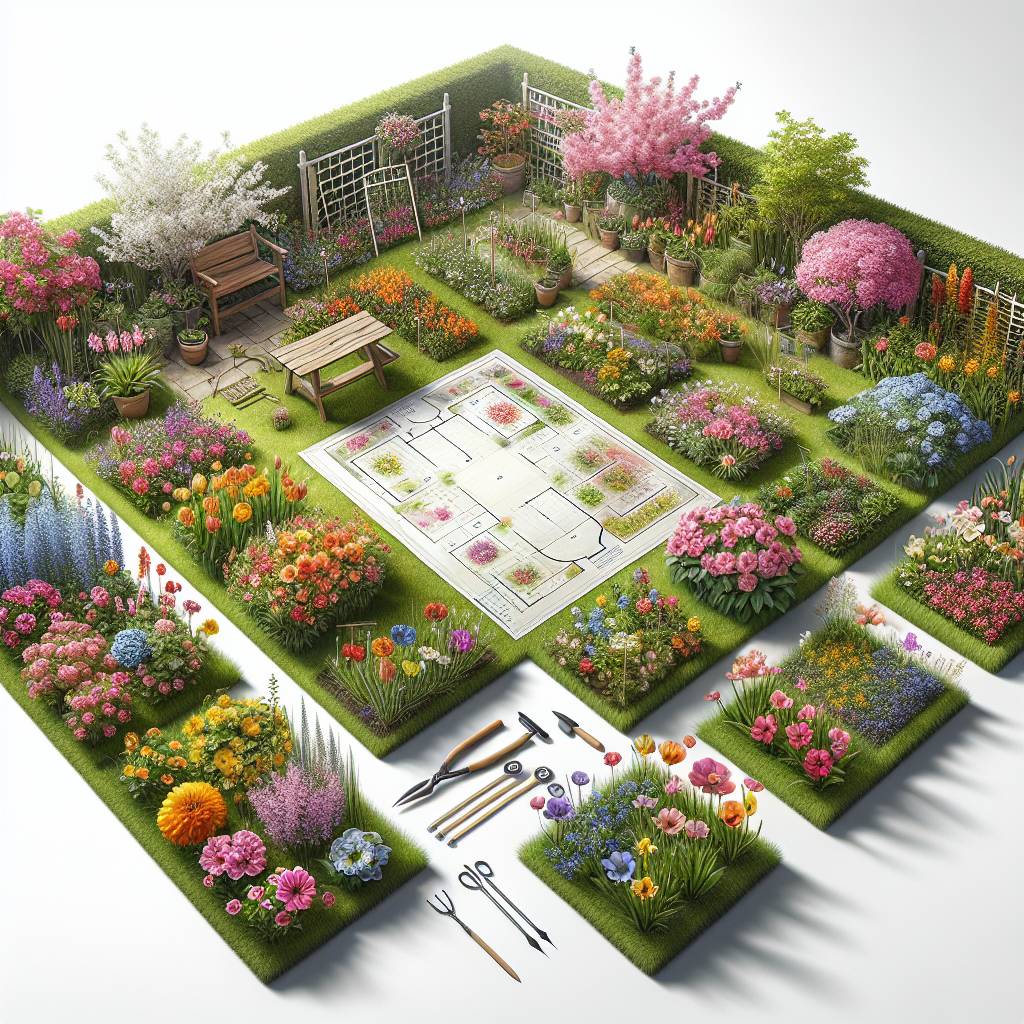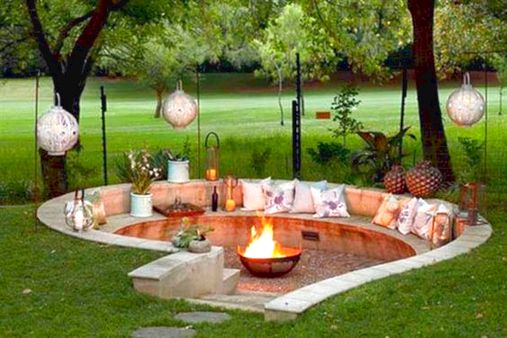Outdoor lighting can be a game changer when it comes to your home’s design. There are many benefits of having outdoor lighting. Outdoor lighting can help when it comes to your home’s security, add to your home’s value, and set the mood for any outdoor gatherings. Having the perfect outdoor lighting design isn’t as easy as it looks—that’s why you should contact experts like Oregon Outdoor Lighting. They can help you come up with the perfect outdoor lighting design for you. You can check out some of their work here:
If you want to give outdoor lighting design a try, here are some steps you should follow below. Remember that, when choosing outdoor lighting, you want to get something that will set the mood and direct your visitors’ attention without getting lighting that is too bright or overbearing.
1. Decide the Type of Outdoor Lighting You Will Want
The first thing you should do when you are planning to setup your outdoor lighting is look at the many types of lighting available and decide which one will best fit your needs. There are various types of outdoor lighting you can find online or at your local store, these different lights all have unique purposes and you have to ensure you get the ones you will need. Below are some of the most popular types:
- Spotlights—Spotlights are used to illuminate and bring people’s attention to a certain part of your garden. Spotlights can also be used as a security measure. Many people like to add spotlights to their landscape or driveway area. These spotlights are usually triggered by motion sensors that cause the lights to turn on when they see something moving in the area. This is why many people use these lights to deter burglars.
- Pathway lights—Pathway lights are used to light up pathways and make walking through your landscape easier. If your yard doesn’t have adequate lighting, it can be difficult to see where you are going even if you have a path in your yard. Not only this, but it can also be a tripping hazard and cause an accident if you aren’t careful. This is why many people choose to buy pathway lights to install along a pathway.
- Garden lights—Garden lights are a great addition to any beautiful landscape. These lights can help guide your visitor’s attention to a certain part of your garden you want to bring extra attention to. This might be because it contains your favorite plants, you worked extra hard on it, or because it’s a relaxing water feature, like a pond.
- You could also consider putting LED Rope Lights for your outdoor lights.
2. Plan Out Your Layout
The next thing you will have to do after you’ve chosen the lights you will use, is plan out how you will install them. Take the lights out of their boxes and assemble them so you can be sure they will be a good fit in the area you want them. You want to have a visual of what it looks like when it is finished, this will make it easier for you to see if you will run into any problems when actually installing the light fixtures.
3. Layout Wires
Once your layout is planned out, you will want to layout any wires that come with your lighting accessories. This will give you a better idea of how everything will have to be installed in order for all the lights to work. This will also bring awareness to any problems you might have when finishing the cabling install. By doing this you can find a solution to the problems or completely avoid them. This will make the next step easier and can cut your workload in half since not planning ahead can have you starting over and over again. If your lights are wireless, then you can skip this and the next step.
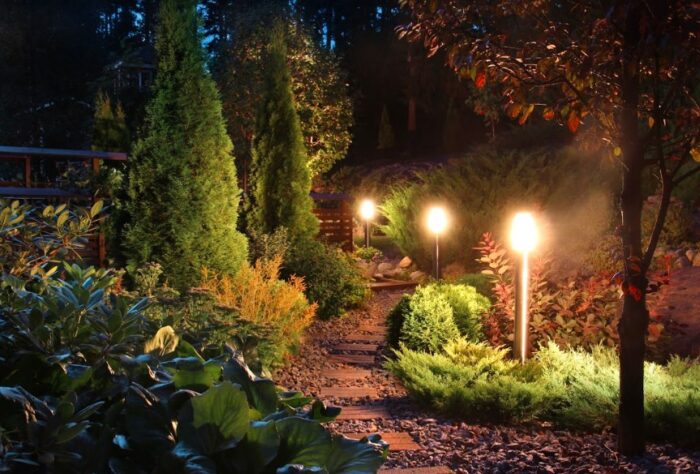
4. Dig Trenches
Once you have planned all your wiring out and have decided where your lights will be set up, it’s time to dig the trenches where you will install your lighting’s wiring. Before you start digging make sure you call your utility company and have them come mark any underground lines they might have in the area. Although this step might seem like a lot of work, it is an extremely important one. Skipping this step can cause a lot of problems once you start digging and can lead to serious injury and even death. Once the utility lines have been marked you can start digging. You don’t want to dig too much—a small trench about a couple inches deep should be enough to run your wires and get them installed.
5. Plug in Lighting to Power
After you have dug up your trench and laying out your wires, it’s time to finish plugging in all the electrical wiring. You want to make sure you carefully wire your lights together and you follow all safety protocols. If you aren’t sure how to do the wiring then you should contact an expert since wiring accidents can lead to accidents which can include fire. Once you have finished wiring all the lights, you want to make sure you hook up the lights to your home’s transformer. There should be two terminals for you to plug your wires into—a positive one and a negative one—so make sure you plug your wires in accordingly.
6. Make Any Necessary Adjustments
Once you have your lights plugged into the power, they should come on right away. With your lights on you can finish setting them up and installing them. Make sure your lights light up the area they are intended to light up appropriately and, if they don’t, then adjust them accordingly. Take a few steps back each time to see how your landscape is looking with your new lights and to ensure you are receiving the effect you planned on displaying. Make sure your lights aren’t too bright and aren’t pointed too close to any neighboring properties or windows. This can cause your neighbors to complain, so be mindful of their space when completing the setup.
Conclusion
Landscape lighting can completely transform your yard from a boring, dark mess into an exciting dramatic landscape. Landscape lighting isn’t as easy as it seems and it takes more than just randomly setting up a couple of lights. You can do your own landscape lighting if you are ready to put in the work and time necessary, however this is an option and there are many landscape lighting experts in your area which can make this complicated job a breeze for you.
